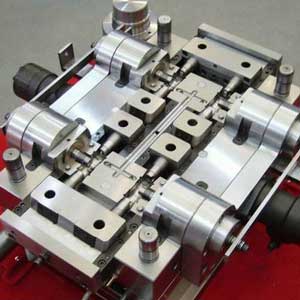Die Casting is an extensively made use of strategy to inexpensively produce metal parts for a selection of applications. The process of die casting has actually remained in usage for hundreds of years, yet developments in methods and also products have actually enhanced the effectiveness of the procedure and also the quality of the end product.
Die casting by putting liquified metal right into a die, additionally called the gravity pressure technique, is a manufacturing technique that has been utilized for hundreds of years. Innovations in the die casting process brought about an explosion of die casting for several applications in the early 1900's, particularly when zinc and also aluminum alloys became more readily available.
Among the most crucial technologies in the die casting process was the growth of the pressure shot process. Among the earliest pressure methods was squeeze die casting, which entailed placing a metal part that had been heated into a mold as well as using stress through take advantage of. The capture die casting technique was first used for manufacturing axe heads. Nonetheless, this method was restricted to parts with very basic shapes.

The approach of infusing molten metal right into a mold was patented in the mid-1800's to produce lead printer's kind. Utilizing pressure enabled the liquified metal to be pushed into all parts of the mold and mildew, leading to the capacity to die casting a lot more intricate get rid of a better surface finish. Since pressure injection die-Precision Casting is quick, the mold and mildew is entirely filled up prior to any of the metal starts to strengthen, leading to even more dimensionally secure components.
Early die casting procedures used lead or tin alloys since they could be conveniently thawed and handled. The melting points of these alloys were low enough to avoid damage to the die. The advancement of more durable steel alloys for mold and mildews and also tooling enabled alloys with higher melting temperatures to be used. During World war, brand-new zinc and also aluminum alloys were presented, and also making use of tin and lean declined swiftly. Magnesium as well as copper alloys likewise came into use in the first fifty percent of the 20th century, giving producers adaptability in their material and style choices.
After the innovation of stress injection die-casting as well as the intro of new alloys, the die-casting process remained fairly consistent for years until the introduction of the computer system to the production industry.